Cotton, remarkably, is found in 75% of all men’s garments. This versatile natural fiber forms the backbone of the textile industry, and it’s worth a deeper look for any style-conscious man, as he will most certainly own a substantial amount of cotton over time.
If you take a moment to consider, cotton ranks very highly as a textile in terms of affordability, versatility, and accessibility. Most underwear, t-shirts, socks, shirts, pants, and jackets contain cotton, and it surrounds us at home in the form of towels, sheets, rugs, and upholstery. It’s hard to imagine the world without an ample supply of affordable cotton.
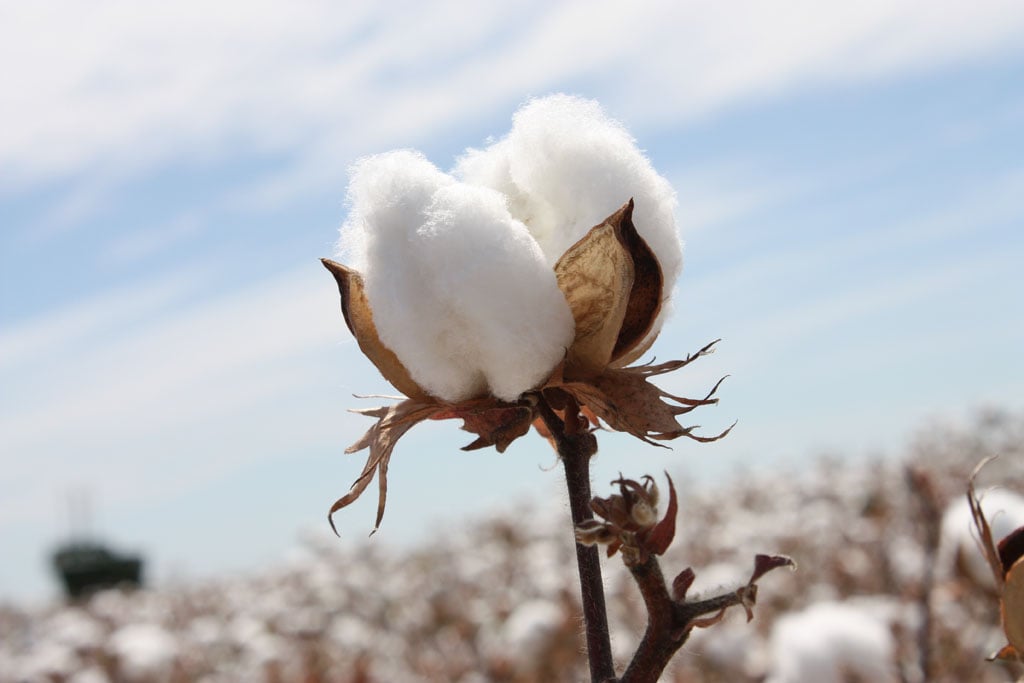
Even though cotton is a universal staple of the textile industry, it comes in different qualities, plays an impressive but largely hidden role in international trade and commodity markets, and can be easy to take for granted. Today we will explore what cotton is, its history, how it is produced, and how to buy and care for the cotton garments that most likely make up a substantial portion of your wardrobe.
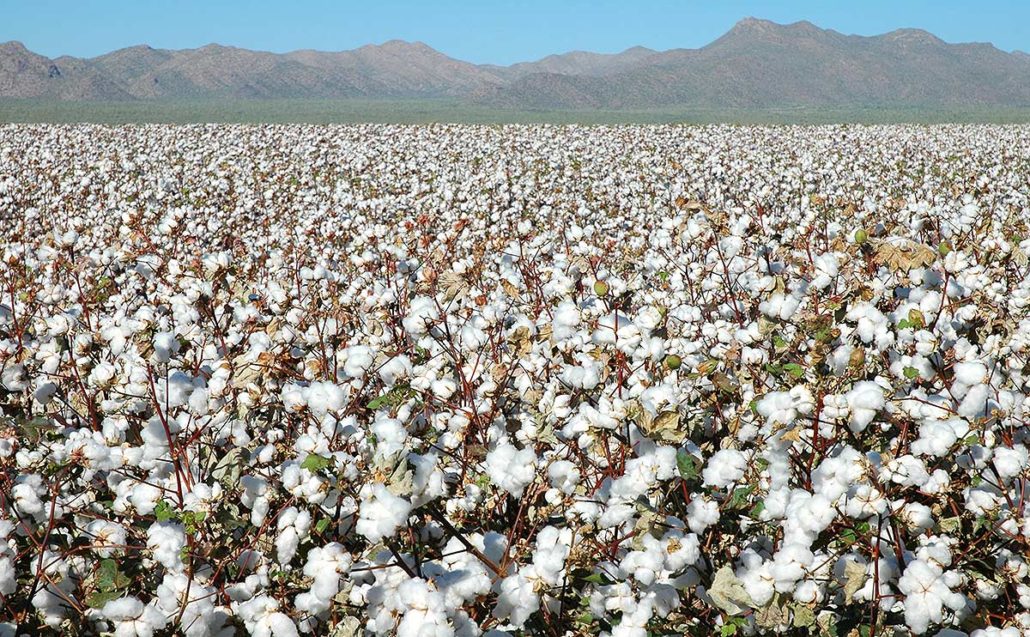
What is Cotton?
Cotton is a textile derived from the fibers of the Gossypium family of plants. The fluffy “lint”, as the cotton fibers are known, is made entirely of cellulose and evolved to protect the seeds of the plant. Cotton plants, which are actually shrubs, grow wild all over the world in tropical and subtropical regions.
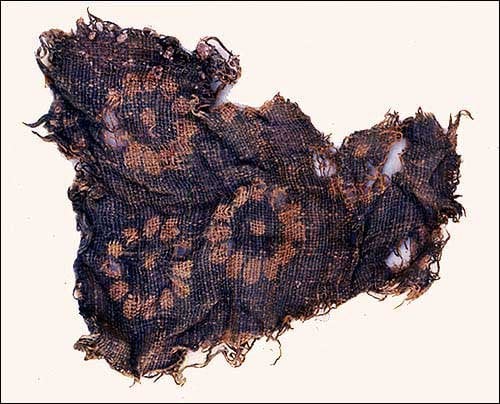
History of Cotton in Textiles
Cotton has been found in textiles as early as 6000 BC in what is now the Middle East. Remarkably, almost all of the commercially grown cotton in modern times comes from 4 species of cotton that were domesticated in the ancient world. Columbus noticed cotton growing in the Bahamas during the course of his explorations.
Unlike today’s ubiquitous use of cotton in everything ranging from rugs and garments to oil and cosmetics, it was originally a costly and scarce natural material. Cotton cultivation and use remained a highly manual, labor-intensive process for thousands of years until the invention of the cotton gin in the late 18th century.
Cotton played a significant role in the development of the post-revolutionary American and British economies and perpetuated the institution of slavery. In the UK, textiles were the leading export of the British economy in the 1700s and 1800s, which was heavily supplied by American and Indian cotton. The increasing demand for cotton textiles in that time period created a boom of mechanization that would propel the UK into industrial prosperity. Many of UK’s oppressive empire-building ambitions focused on maintaining a cheap supply of cotton during this era. Cotton nearly single-handedly turned Egypt into a British colonial economy.
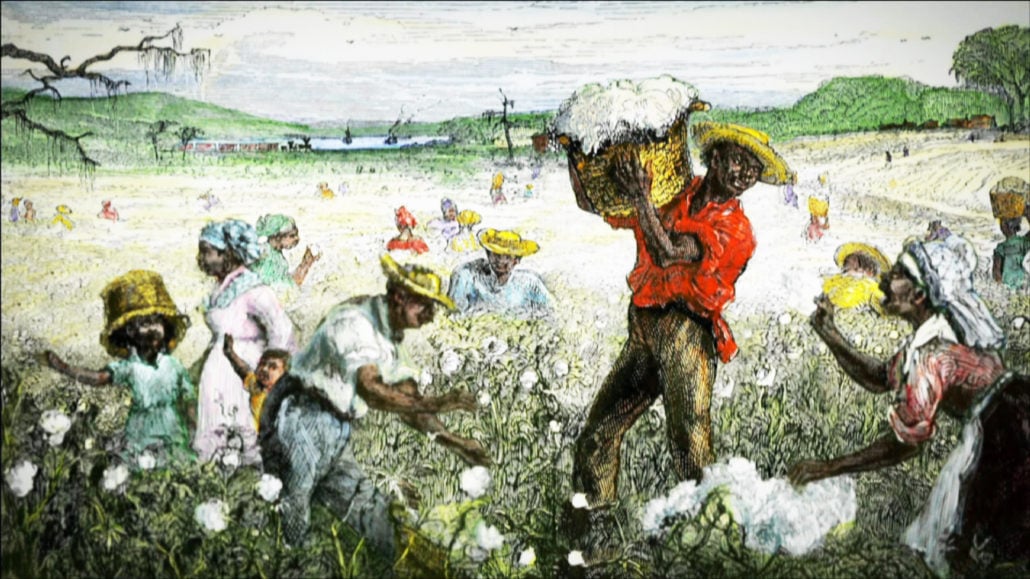
Cotton played an equally important role in the development of the economy of the United States. Eli Whitney famously developed and patented the first modern mechanical cotton gin in 1793. Even so, it wasn’t until the invention of Whitney’s machine that the process of removing the seeds from the bolls became efficient enough to drive high profitability. Prior to the gin, it took 600 hours of labor to produce a single 500-pound bale of de-seeded cotton. The gin reduced the labor input to 12 hours a bale, and as a direct result, the production of cotton in the US nearly quadrupled in the twenty years between 1830 and 1850. This created a dependence upon agriculture and slavery to fuel the southern economy and in turn the success of northern merchants, which is why the invention of the cotton gin is considered to have been an indirect cause of the Civil War.
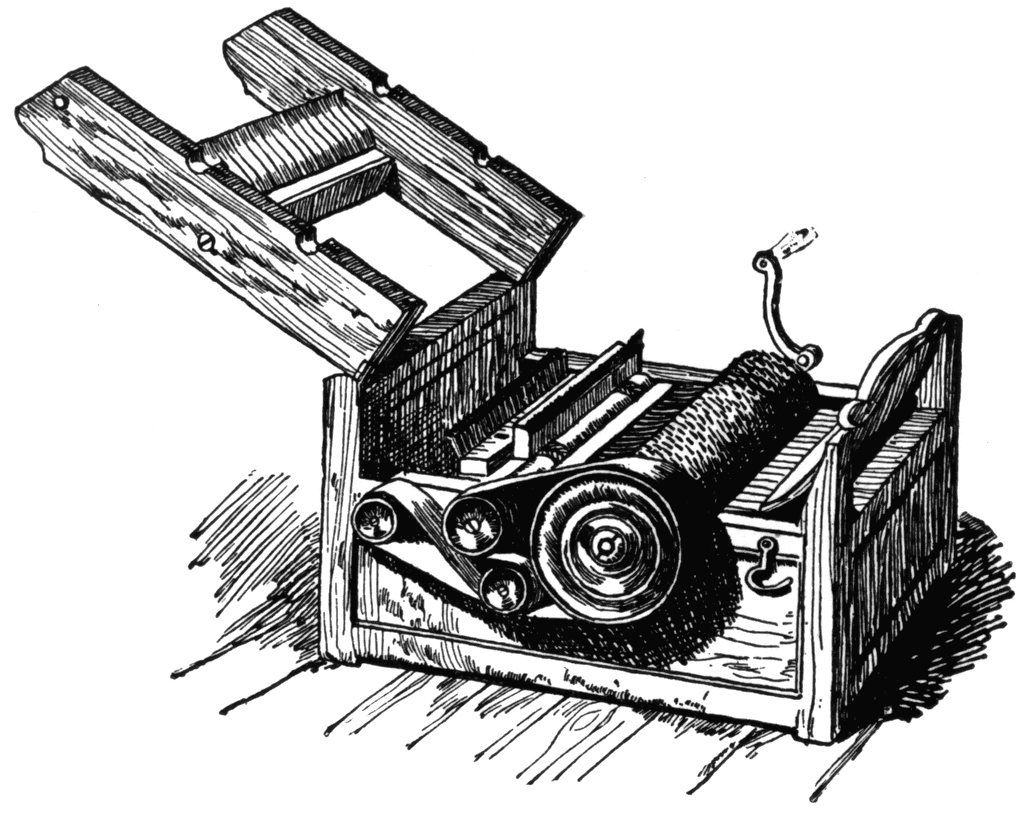
On the eve of the Civil War, the American South was supplying two-thirds of the world’s cotton and is considered to have sparked the Industrial Revolution that would follow in the last quarter of the 19th century. After the abolition of slavery, cotton was still the primary crop of the south, and the exploitive practice of sharecropping supplied an indebted, poor labor force until it died out due to mechanization in the 1950’s.
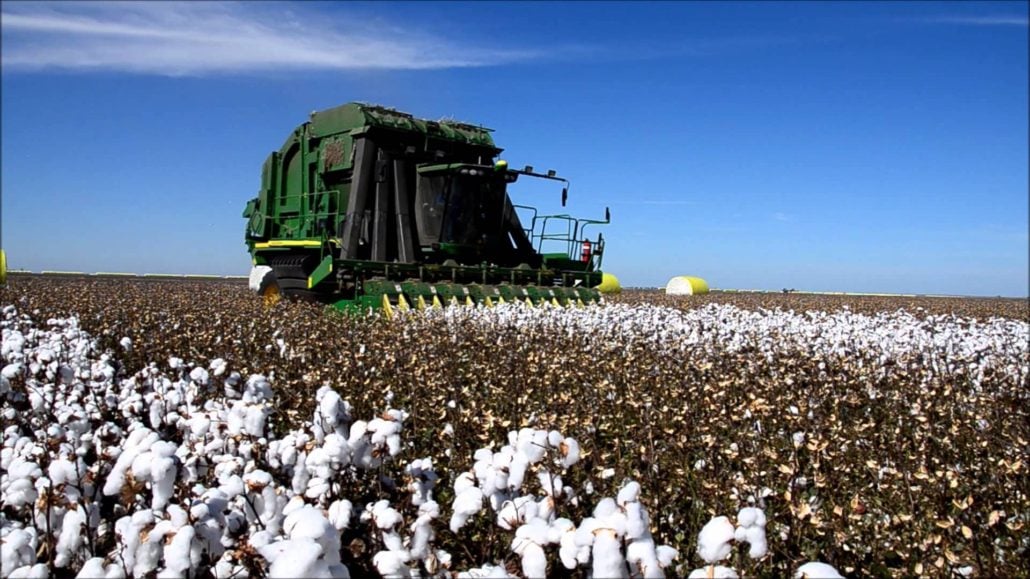
Today, cotton remains a top crop of the US, China, India, and in many countries in Africa. Internationally, about 110 million bales (each weighing 500 pounds) are produced a year, and the crop covers 2.5% of the world’s arable land. Cotton production and prices are much more volatile in a globalized market, and there are more influences from other crops, synthetic fibers, and production swings than ever before. Commerical-level cotton production in the US is heavily subsidized, to the tune of $2 billion a year, while many other cotton-growing nations in Africa or India are still dependent on small, poorly-paid farmers for the crop’s production.
How is Cotton Created?
The cotton shrub produces “bolls” of fluffy cotton fibers that are typically harvested mechanically in the first world. In developing countries such as Egypt and India, the bolls are still harvested by hand. Marketing materials for Egyptian cotton (actually from Egypt) claim that the hand harvesting of cotton in their country puts less stress on the fiber than mechanical picking, which results in a higher-quality finished product.
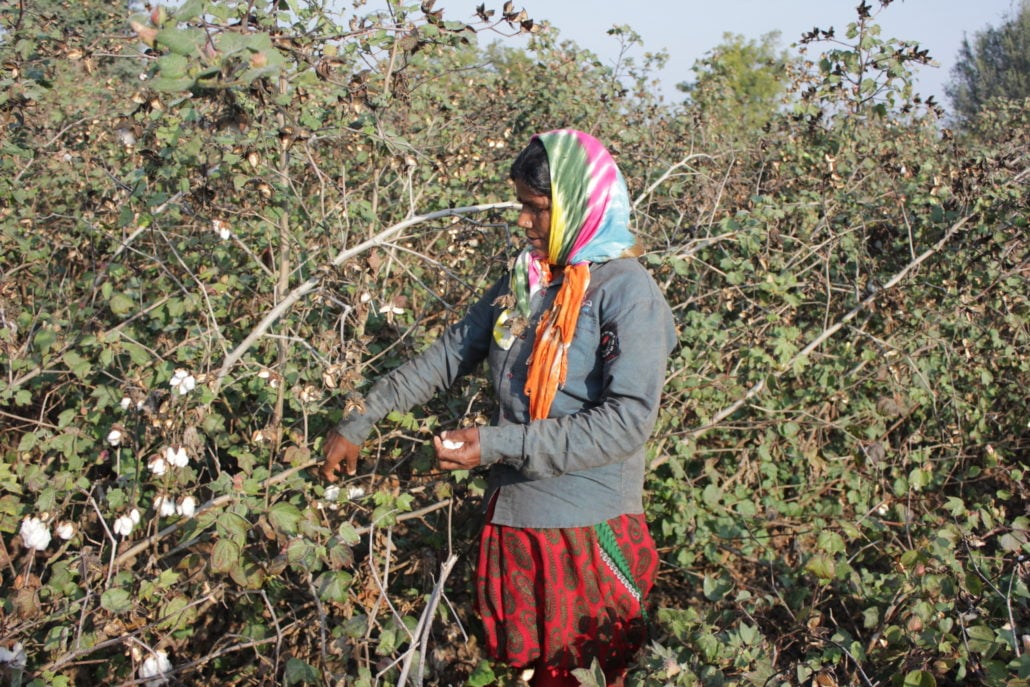
Once the bolls are picked, they are passed through a series of gins both in the country of origin and again at the cotton mill to remove the seeds as well as leaves and twigs. This is followed by carding to assemble the fibers into loose strands, combing to remove shorter fibers if desired, and drawing to straighten the fibers. The fibers then proceed to spinning machines to produce the threads.
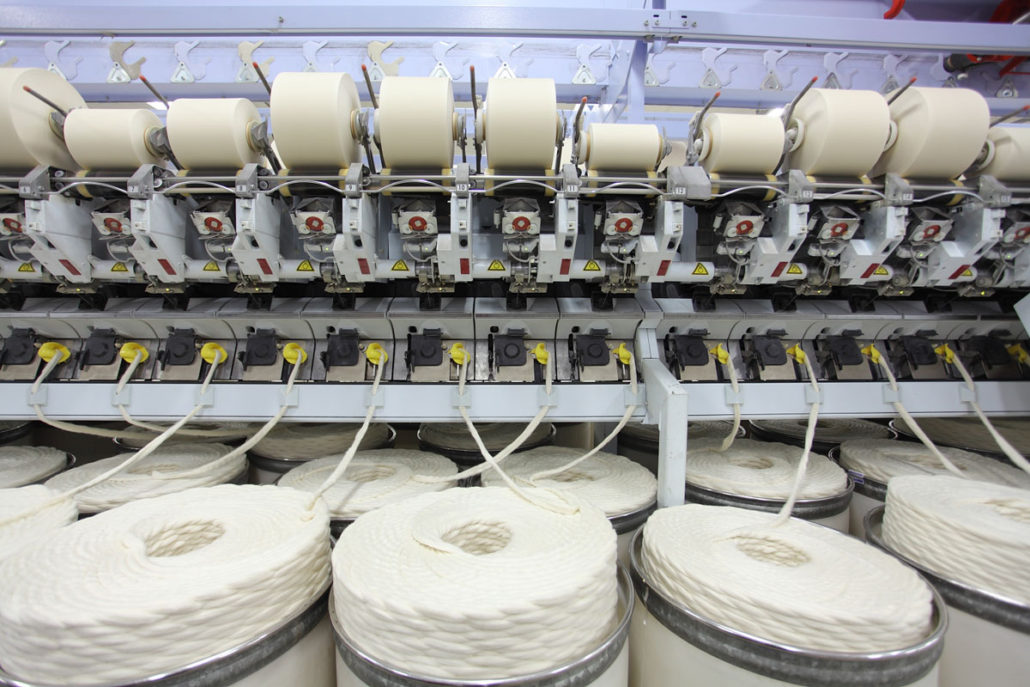
At this point, the cotton is ready for weaving, but two more optional steps can be added to increase the quality of the thread at this stage: plying and gassing. Plying twists the threads for added durability while gassing smooths and brightens the thread. Egyptian cotton is often gassed, for example. After weaving, the cotton textile may then be treated with a number of final finishing processes, such as mercerizing, scouring, or raising, to help it better perform in its final form.
Environmental Consequences of Cotton
It may not be widely known, but cotton production, weaving, and finishing are resource-intense and ecologically damaging. As a crop, cotton is grown in many places where the natural rainfall is insufficient, and as a result, the industry is heavily dependent upon irrigation. In the US, the main aquifer that supplies cotton irrigation is at risk for over-extraction and pollution.
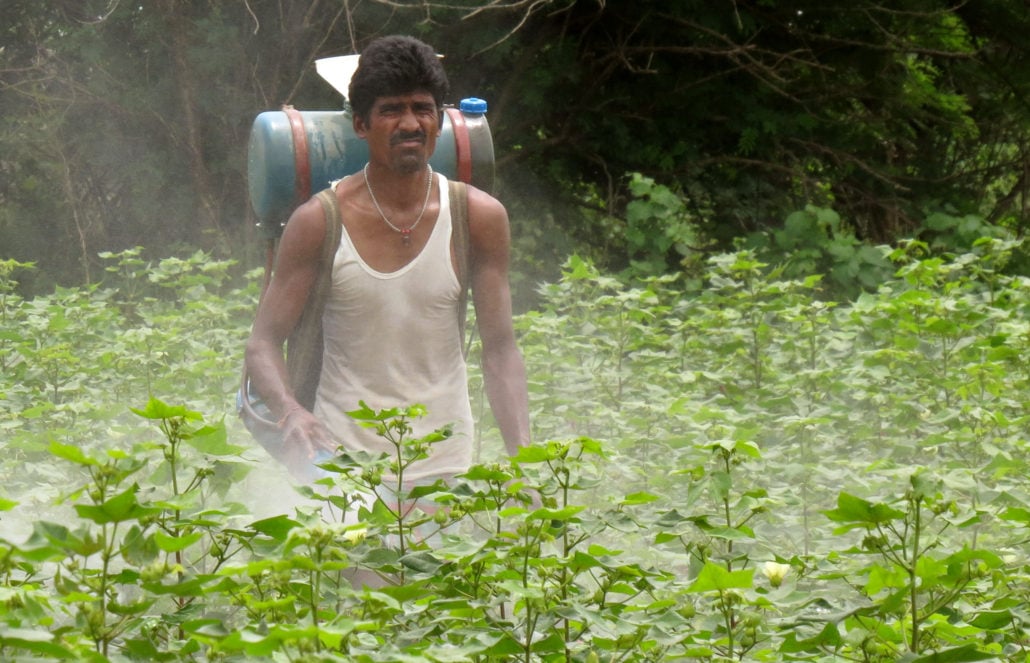
The industry is also heavily dependent upon chemicals to keep pests at bay. In fact, 25% of the world’s insecticides are used on cotton crops, despite only using 2.5% of the arable land. Genetically modified cotton has been developed to help reduce dependence on pesticides, and the vast majority of the cotton crop now originates from GM seeds. Rising concerns about lingering pesticide residues in cotton textiles have generated interest in organic cotton, which uses neither chemical pesticides nor genetically modified seeds.

Cotton cultivation has been linked with desertification and forced labor practices in Uzbekistan, as well as ground salination in the Soviet Union. Despite the manifold environmental and human risks posed by the cotton industry, there are some upsides to cotton as a fabric choice: it can be recycled into other products and even if it is thrown away, it will degrade naturally.
The Best Qualities of Cotton
The quality of cotton is typically measured by the staple length and the variety of the plant the cotton came from. Long staple cotton is 1.25″-2.5″ in length and is called Egyptian. Medium staple cotton is 0.75″-1.25″ and is called American Upland, while the shortest staple length is called Indian and measures less than 0.75″. This naming system doesn’t necessarily mean that the cotton is grown in the country it is named geographically after. Even though American Upland and Indian cotton have been named, they are rarely mentioned during the final sale of the textile. Only the highest qualities of cotton are used in marketing. Here are some of the ways you might see premium cotton marketed. Note that Sea Island Cotton, Egyptian, and Pima cotton are all from the Gossypium barbadense plant, which is grown to have extra long staple fibers with a silky feel.
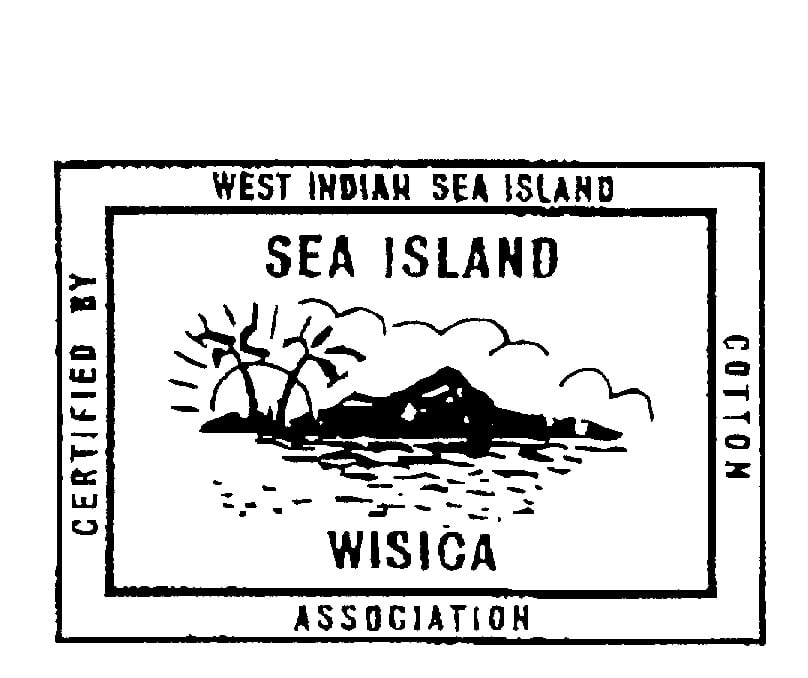
Sea Island Cotton: Sea Island cotton is an extra-long-staple Gossypium barbadense cotton that is grown on the sea islands off the coast of South Carolina and Georgia in the US, where the trifecta of sunshine, humidity and rain provides the perfect conditions for cotton growing.
- West Indian Sea Island Cotton: Like Sea Island cotton from elsewhere, the West Indian variety grows in ideal conditions in the Caribbean. Only 0.0004% of the world’s cotton production is actually true West Indian Sea Island with a 50mm+ staple length, and the product is protected with the WTO as a protected origin like Champagne from France. It is considered the “cashmere” of cotton, and in some cases can be sold for even higher prices than cashmere. While it is a magnificent product, WISIC seems to be suffering from some local management issues as we could not locate an active website for the association.
- Egyptian Cotton: Again, Egyptian cotton simply refers to the longest staple length of cotton and the variety of the plant. The longer staple makes textiles from this material softer and more durable over time, and Egyptian cotton is commonly found in linens such as towels and bed sheets.
- Giza Cotton: Giza cotton makes up a tiny portion of Egyptian cotton, and each quality is noted with a number: Giza 90, 89, etc. The best of the Giza cotton is Giza 45, which is an extra long staple cotton with a superior fineness and uniformity of the fiber. It is grown in an ideal climate for cotton along the Nile river and it is hand-harvested and hand-combed.
- Pima Cotton: Pima cotton (also known as American Pima) is named after the Indian tribe in the American southwest that assisted the USDA is raising the Gossypium barbadense, a variety of extra-long-staple (ELS) cotton in the 1900s. The staple length is 1 3/8″ or longer, and it accounts for less than 5% of US cotton production.
- Supima Cotton: Supima is a shortened version of “superior Pima”, and unlike Pima it is not a cotton variety but rather a trade organization that trademarks its name to mills around the world and promotes Pima cotton.
- Organic Cotton: Organic cotton can refer to any plant variety and staple length, so long as it is not genetically modified and it’s grown without the use of chemical fertilizers and pesticides. Regulating bodies in the EU, Japan, and the US oversee the enforcement of organic claims.
Like many other rare and high-quality fibers, premium cotton origin claims are subject to abuse. Very little is done to enforce the correct use of the terms Sea Island, Pima, and Egyptian cotton and simple math will show that the number of companies purporting to sell premium cotton well outstrips the production of these fibers. A common trick is to identify cotton as “Sea Island Quality” which is merely a comparison of quality that lacks any evidence of such a claim.
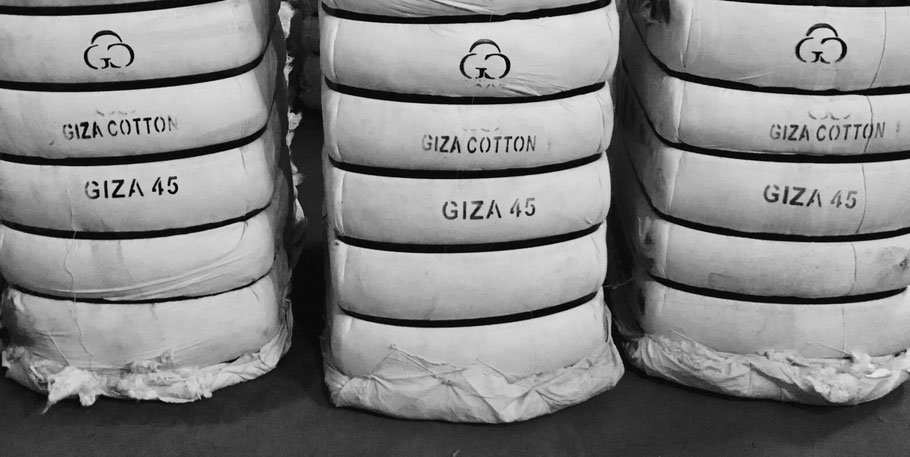
How to Buy Cotton
For men, most cotton that is high-quality enough to warrant mentioning on the product label is dedicated to dress shirts. Occasionally, it is possible to find polo shirts in Pima cotton, but the availability changes with each season so it pays to do a little research at the time you’d like to make a purchase.
Note that measurements such as thread count and GSM (grams per square meter) are mostly used in reference to cotton linens such as sheets and towels, and aren’t used for garments.
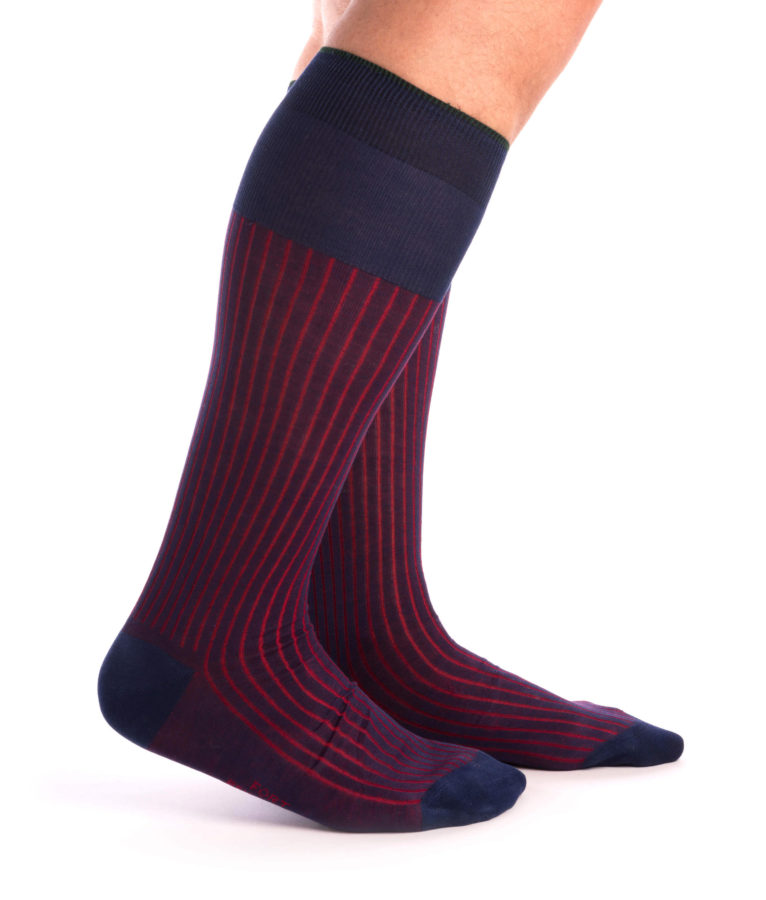
Cotton Buying Do’s and Don’ts
- DON’T assume all cotton is created equal – it’s not! Unfortunately, “100% cotton” is going to be a gamble, because you won’t know where it’s from or how it was finished unless the retailer offers more information. Your best bet is to ask questions and be critical of the performance of your cotton garments to look for brand worthy of re-purchase.
- DO expect more of a higher-priced cotton retailer; they should be able to offer you some additional evidence of why their product is better. Is it the staple length, the ply finish, or hand-harvested, for example?
- DON’T believe all the labels you read. Premium cotton labels such as Pima and Sea Island cotton are often abused, so look for more evidence of provenance when buying these products. If something is labeled with quality at the end (Sea Island Quality) it’s not the real product, it’s a fiber that the manufacturer has deemed to be equivalent in order to take advantage of the price premium.
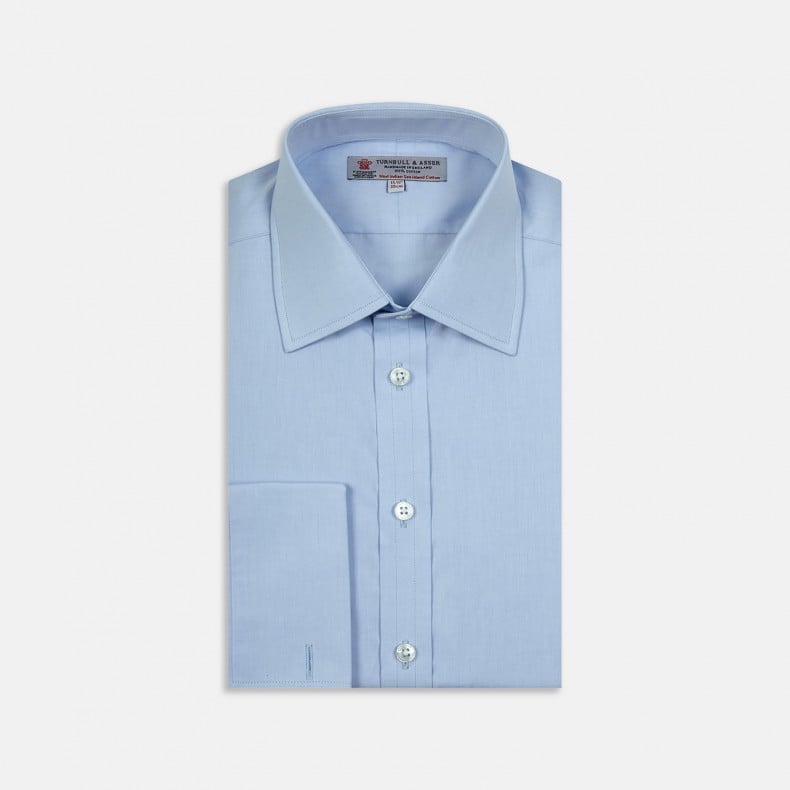
Sources for High-Quality Cotton
Since super-high quality cotton such as Sea Island and Giza 45 are produced in such small quantities, they are not always available or in stock consistently. For example Turnbull & Asser carries Sea Island Cotton dress shirts in classic white and light blue shades. Most of the high-end cotton shirtings are produced by the Albini Group in Italy but Alumo from Switzerland and a number of others also offer hig quality cotton. Hanro and Zimmerli, offer a variety of underwear options in Sea Island cotton. Brooks Brothers offer a range of Supima cotton polos.
How to Care for Cotton
Among natural materials, cotton is one of the more durable, easy-to-care-for choices. Since cotton comes in many different finishes and weaves, it’s best to follow the care instructions on the label.
That being said, here are some general care tips for cotton clothes:
- Don’t wash garments like jeans and chinos after every wear to avoid premature aging. Wear them 5-6 times or until they are actually dirty. Hang them up to air dry outside or in front of a breezy window in between washings to freshen them.
- Turn cotton items inside out to protect them from friction in the washing machine that can cause fuzz and fading.
- Don’t overdry; remove most clothes from the dryer while they are still a little damp
- Use slightly less laundry detergent than the bottle recommends; too much detergent can build up in clothes and linens and lead to a musty smell.
- When in doubt, use cool or cold water when washing cotton to prevent fading of bright or dark colors
Conclusion
Like other natural fibers, cotton deserves your time and attention when shopping to get the best possible product. How do you shop for cotton garments?
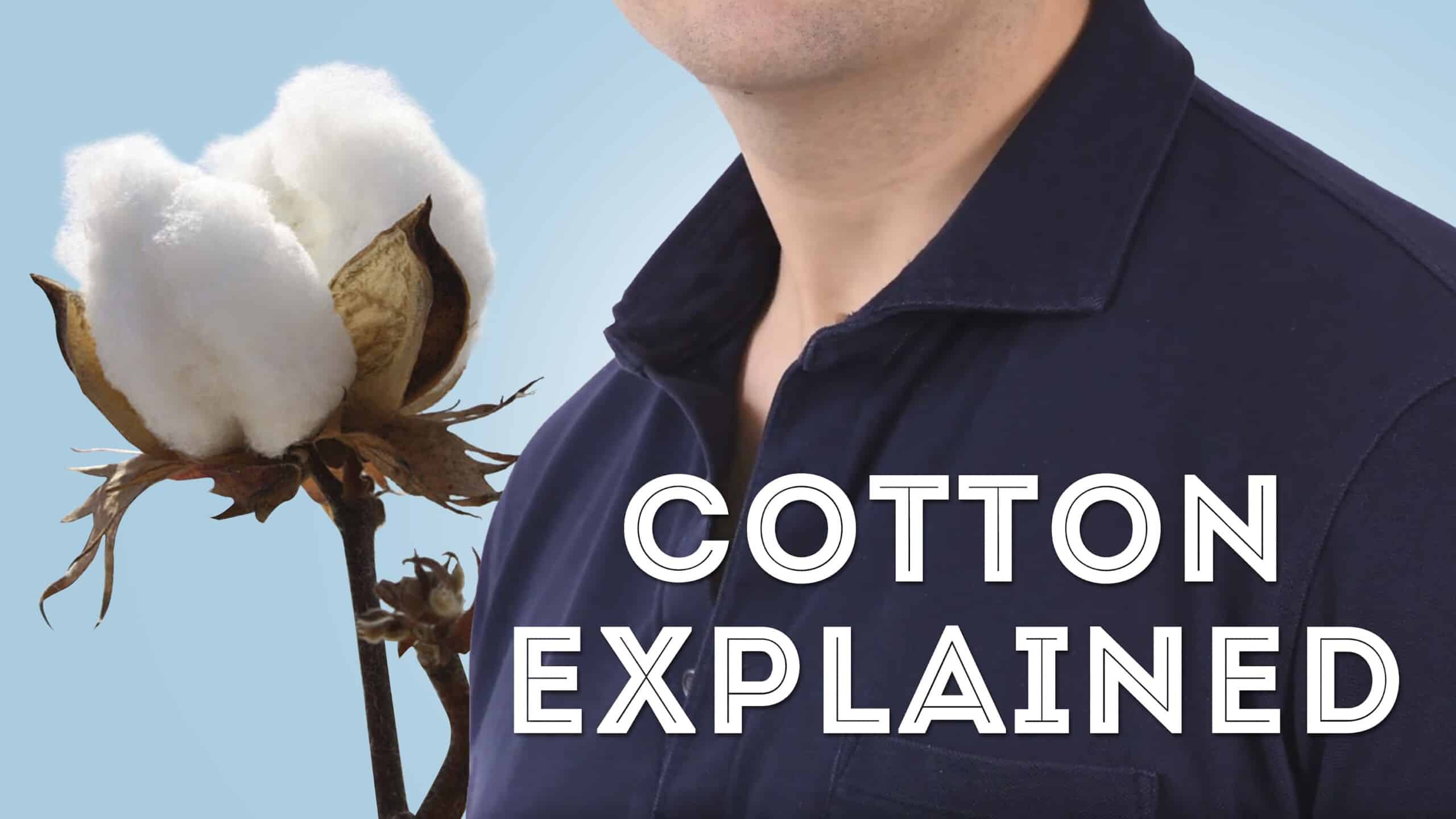

Hi Sven, thanks for a fantastic guide (as usual). Do you have a view on how to prevent cotton from shrinking?
Very interesting article and it rings true. Egyptian cotton – from personal experience, is very good quality. I have property in Egypt so my wife and I are frequently there and buy clothes, underwear and handkerchieves from there.
Twenty years ago (when I was very much involved in fashion photography I bought a hand printed limited edition T-shirt from one of my models and it is till in great condition. About the same time my wife was given at a press show from a world leading fashion brand a T-shirt that lasted a year, before looking less than great. Neither of us wear T-shirts to any great extent, my wife more than me, despite the 49 C nights we have in a Kuwait summer.
The fabric really is top quality! With underwear there may be an elastic failure over time, not a fabric failure.
Thanks for sharing!
Thanks Rafael. As I began reading your article, I wondered if you would mention the “contribution” of cotton to the US of A’s mercantile North and agricultural South. You did – I think that’s something we, us US of A-ers should keep in mind. Sometimes capitalism maintains conflicting polities.
For me who lives in tropical Hawaii, I cannot imagine life without cotton.
For me, shirts and often trousers, cotton matters for comfort, maintenance, and durability.
I feel more knowledgeable now.
Lazy man’s note: Because of my love of the fabric, despite many opposing views, I rarely ever iron my “favorite” cotton shirts. My rationale is that they will last longer. No iron – is that not gentlemanly?
Aloha. Muchos Mahalos.
PS. Glad to see the Navy and Yellow shadow stripes restocked.
Simply ironing shouldn’t have an effect on the shirt. Dry cleaning does damage them however. But ironing isn’t an obligation. I think Raphael will agree it has nothing to do with being gentlemanly.
If you however mean non-iron shirts, I can’t imagine the chemical coating provides much benefit in Hawaii! Probably more detrimental.
Cheers
Cotton is the foundation of numerous industries. It is the cause of many battles and at least one great war. It is utilized in the production of two of the world’s most worn garments: jeans and tee shirts. It is nicknamed “King Cotton”. Thank you for the article.
This is Gold! Thank you I run an online store for mens Vintage style logo Graphic T shirts at DirtyJoes.Co and have been researching the types of shirt blends made with cotton. This really gave me an education!
thanks again!
Hi Gents!
What do you think about suits made of cotton, for example with pepita patterns?
Wonderful article and very informative. Thank you. However, let’s omit all of the political innuendoes…personal opinions etc. ..i. e. about slavery, British oppression, etc. The North oppressed and massacred mercilessly the South, Mr. Raphael, for your infotrmation. This is supposed to be a forum about style..and clothing ..etc…not about politics….nor is it a forum about the War of Northern Aggression against the South…..and not the correct venue to be making such inflammatory statements.
God Bless you , Mr. Sven.
” The North oppressed and massacred mercilessly the South ”
Is that the same South that had an economy based on human slaves…?
Dear David,
We stand by our statements in this article regarding slavery and the Civil War. They are not personal opinions or political statements, but facts, and the story of how cotton became one of the most important commodities in the world would be incomplete without recognizing the role slavery and colonialism played in their development.
I prefer cotton over wool because it is easier to care for and seems to be available in a greater variety of designs. Even though I own a substantial number of wool garments/products, I have a constant fear of losing them to moths. I make a reasonable effort in protecting them now. Repaired mothholes in garments just don’t look good, essentially relegating them to donations.
From what I’ve read from your previous articles, wool is supposedly a more durable textile, but its handicap is the extra maintainance required.